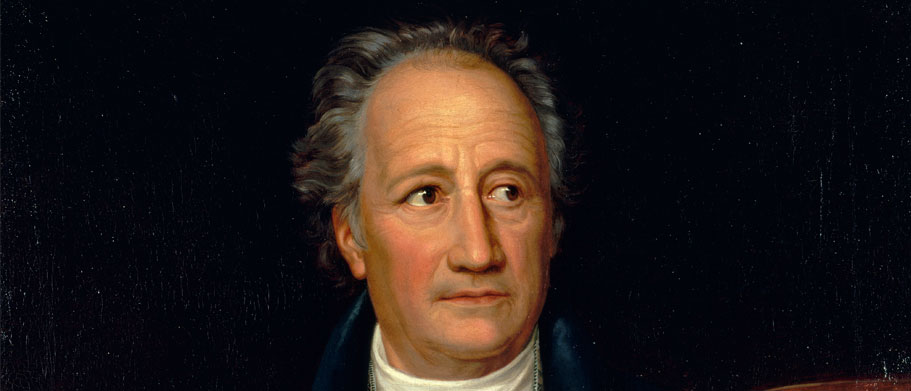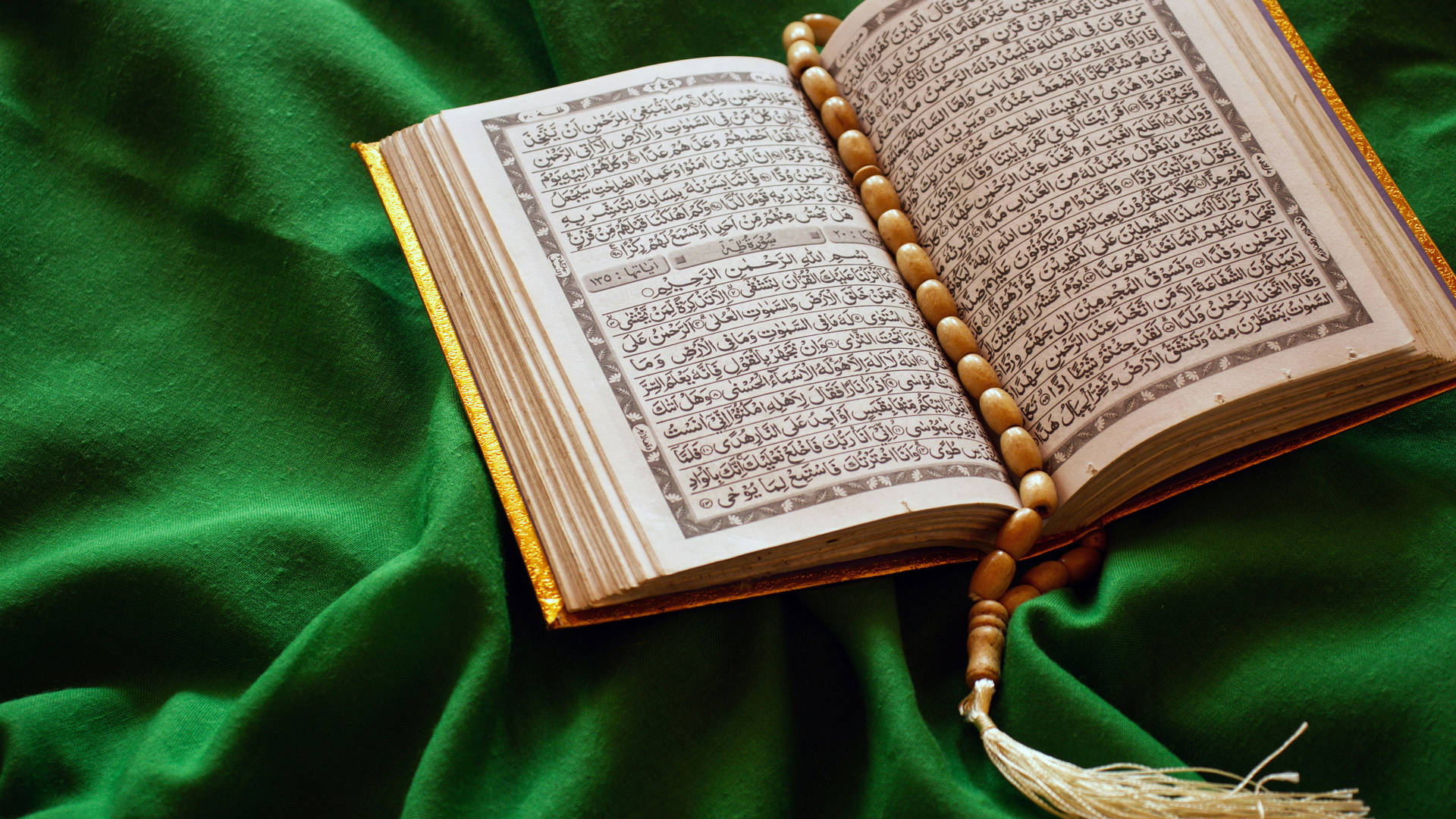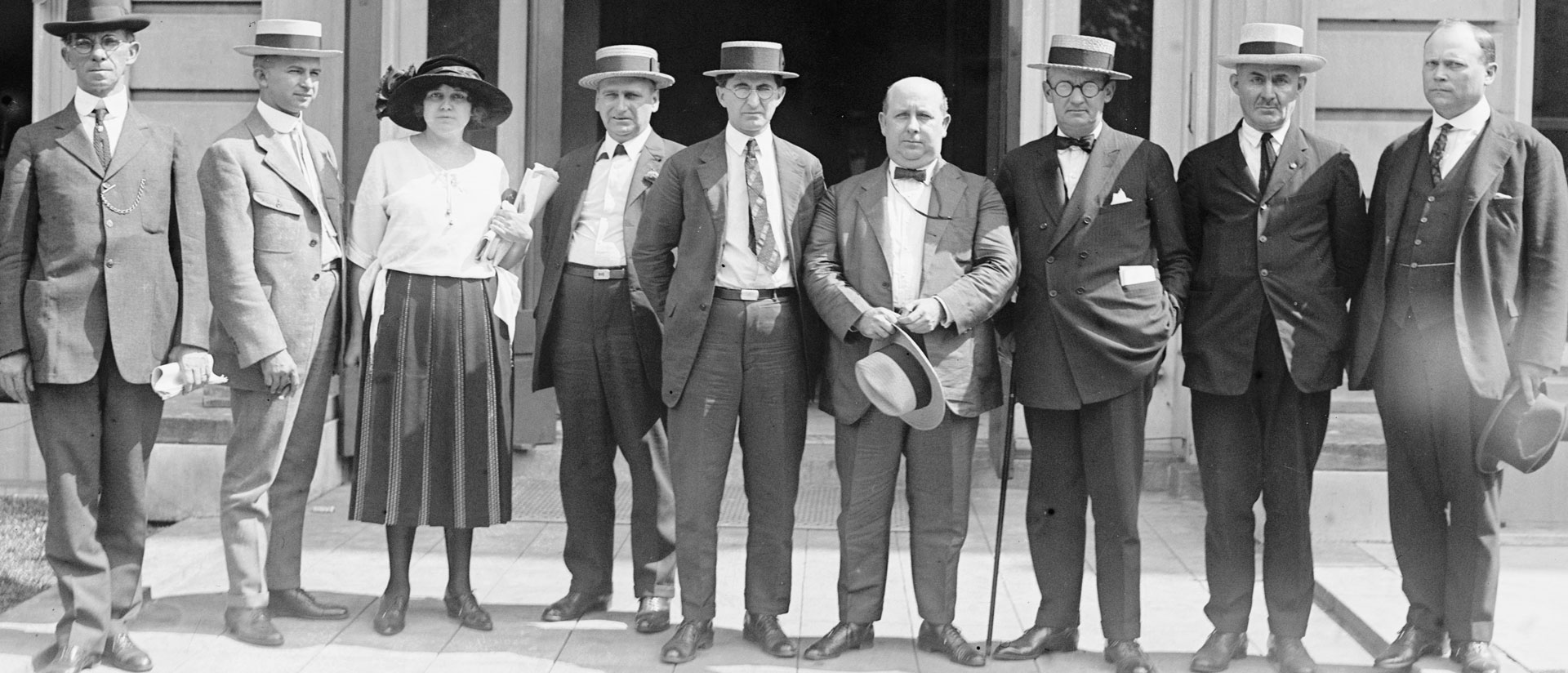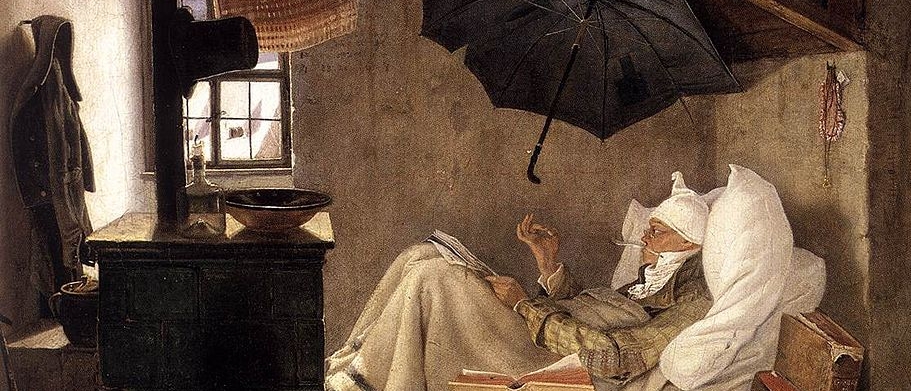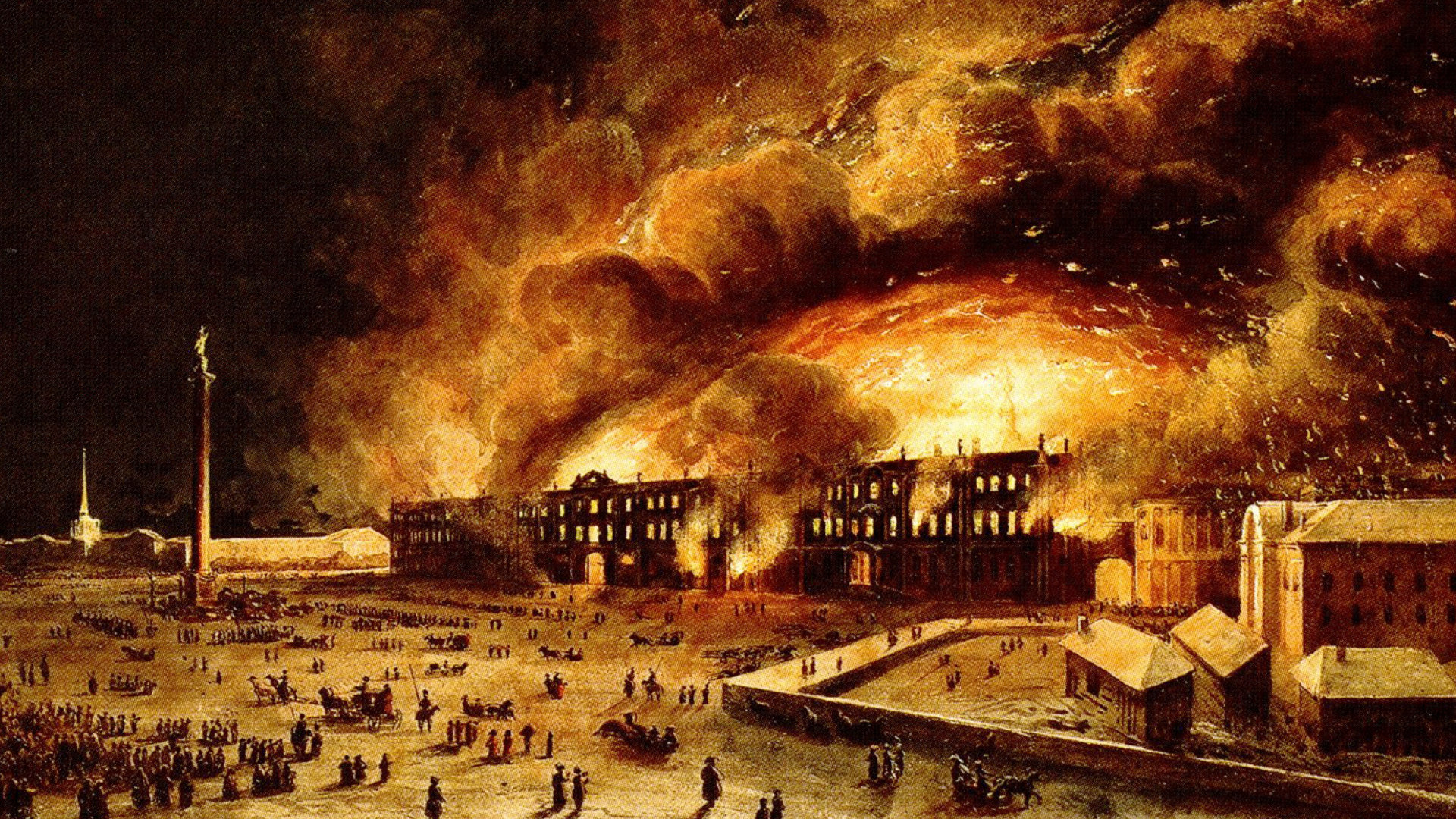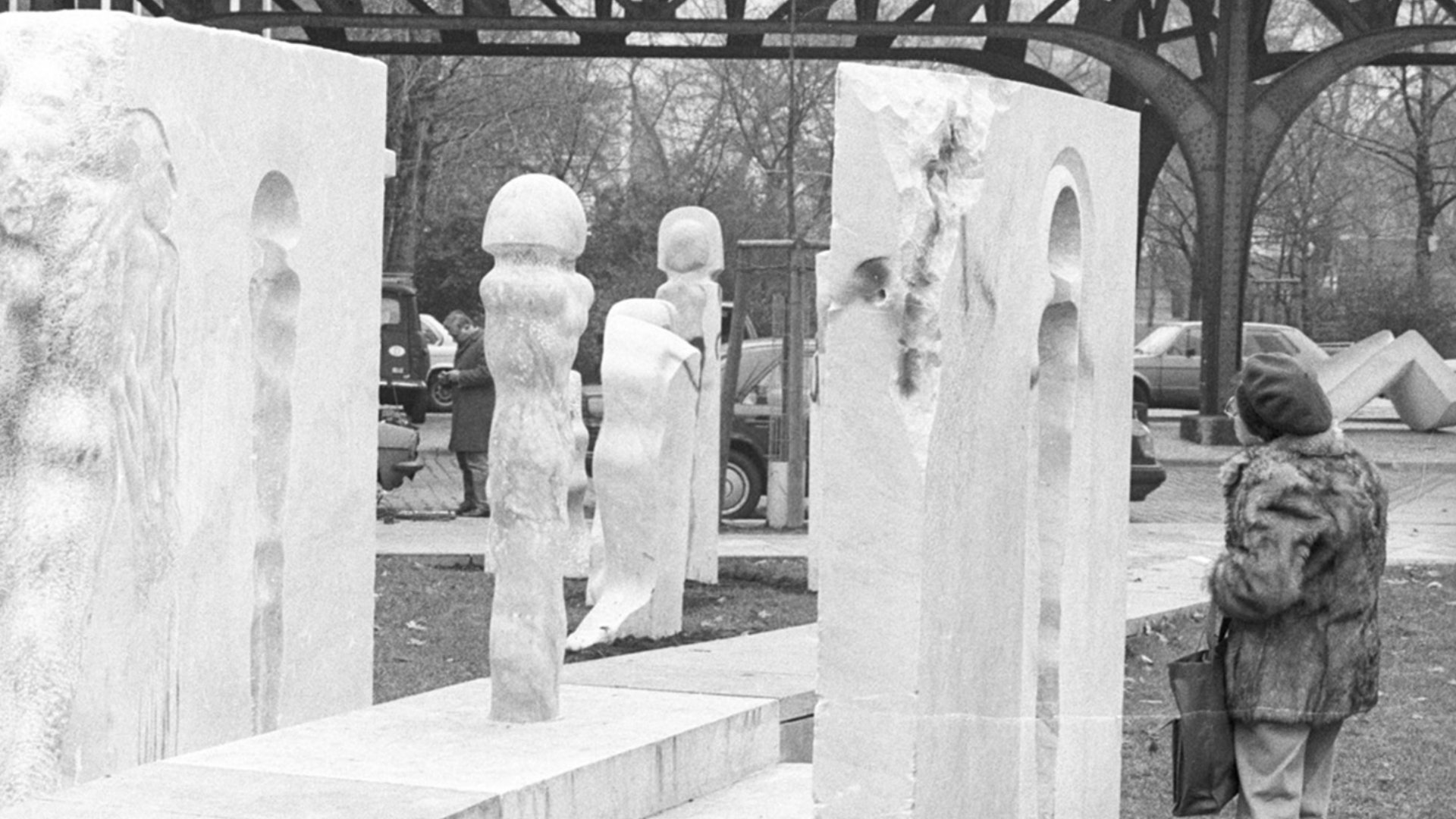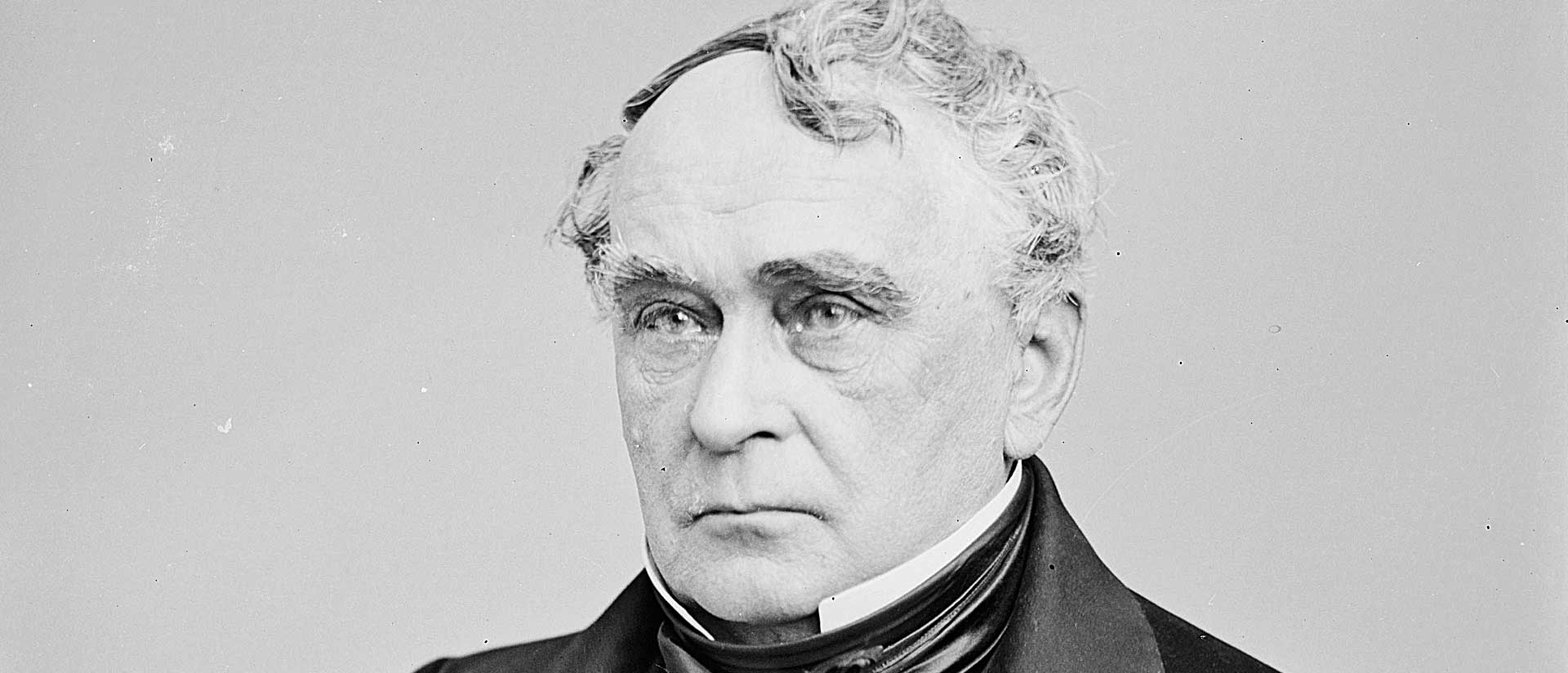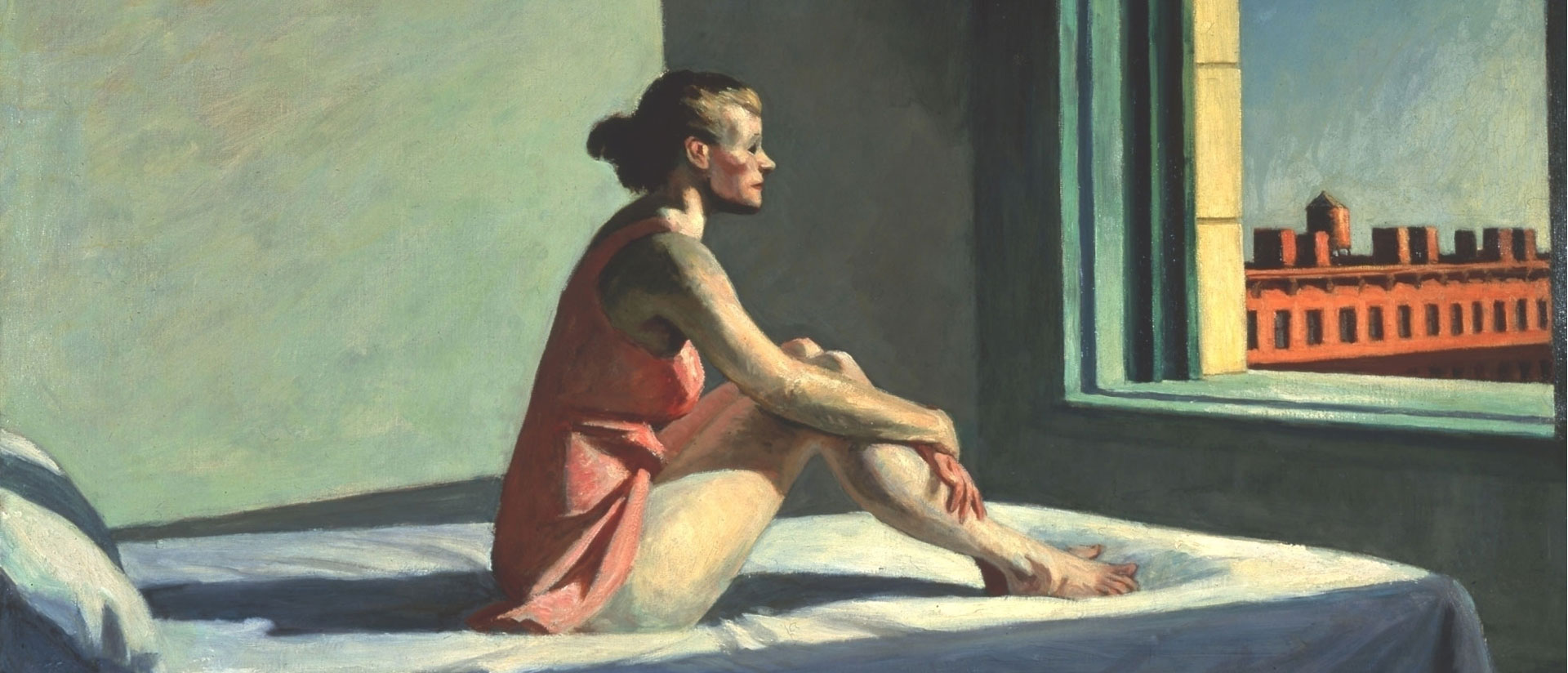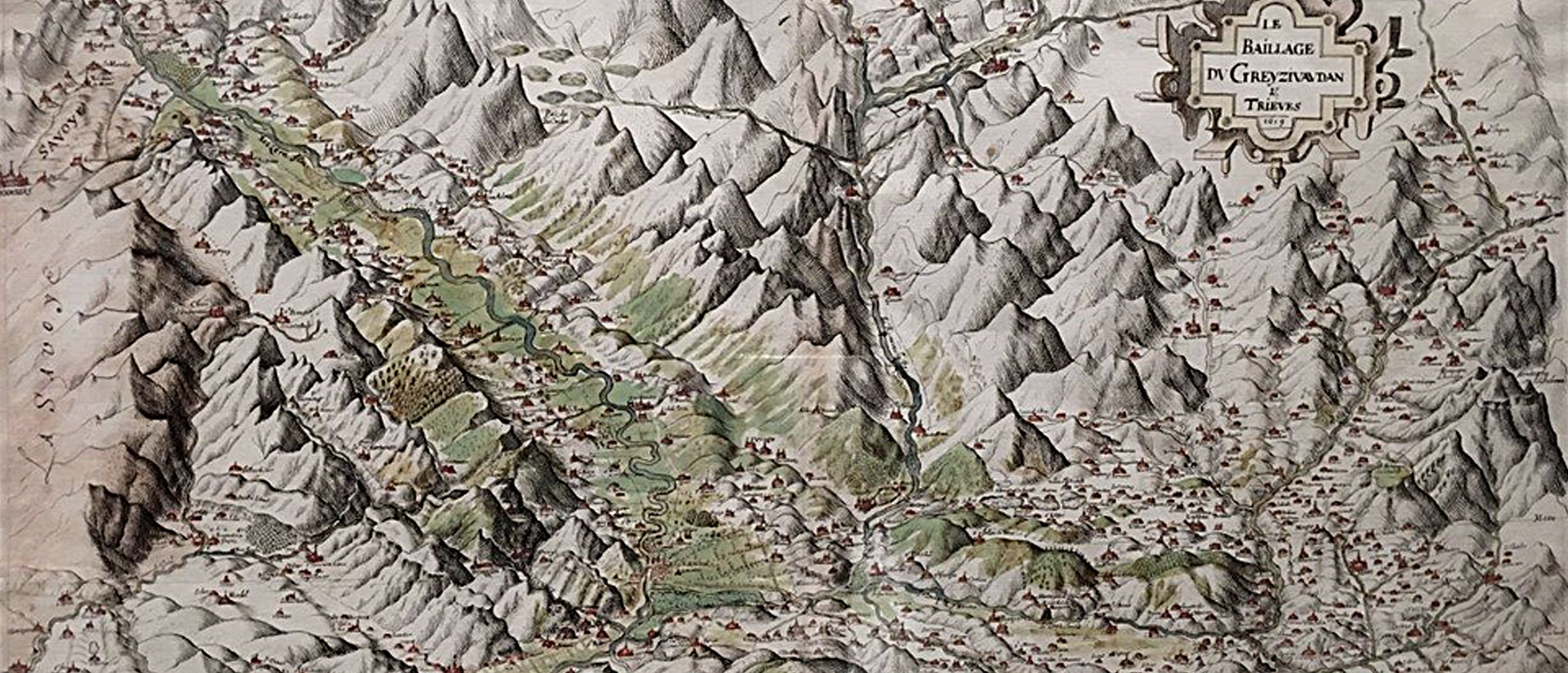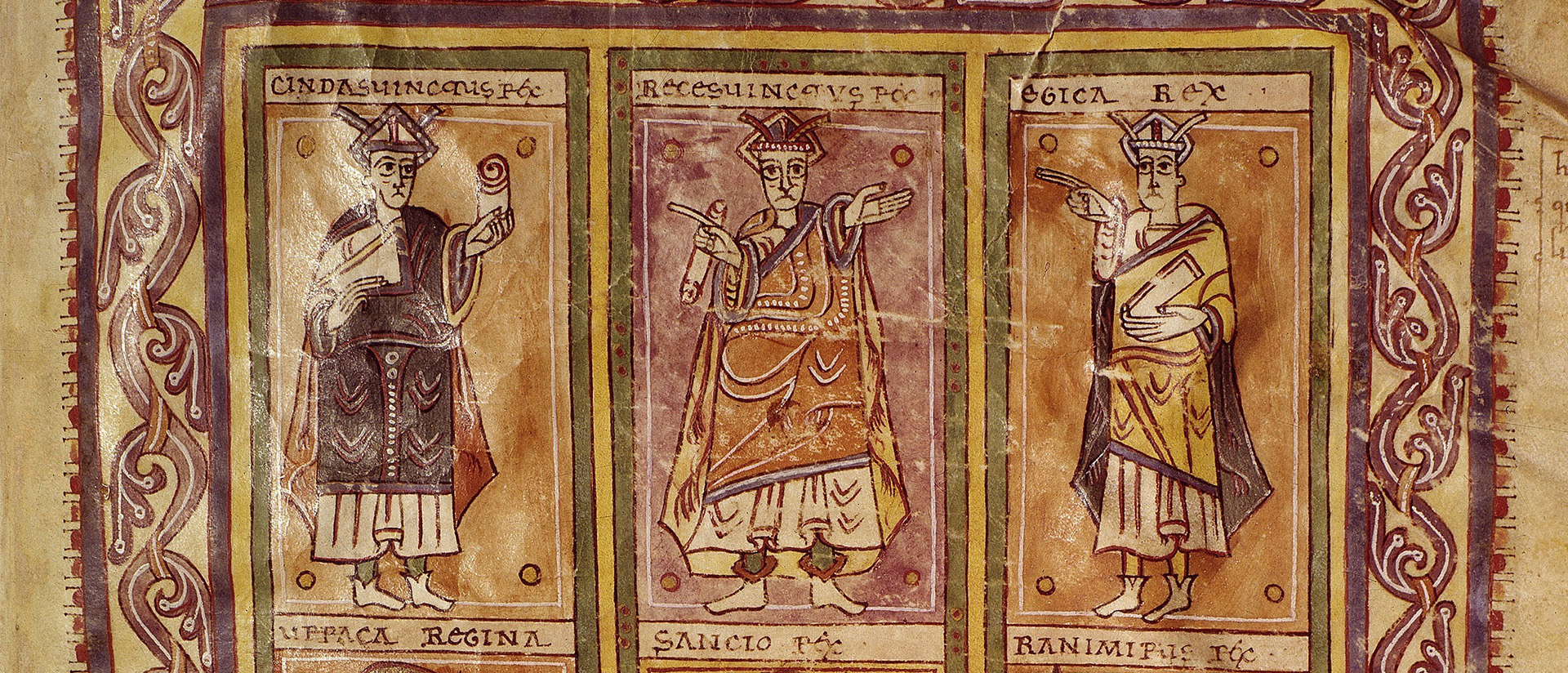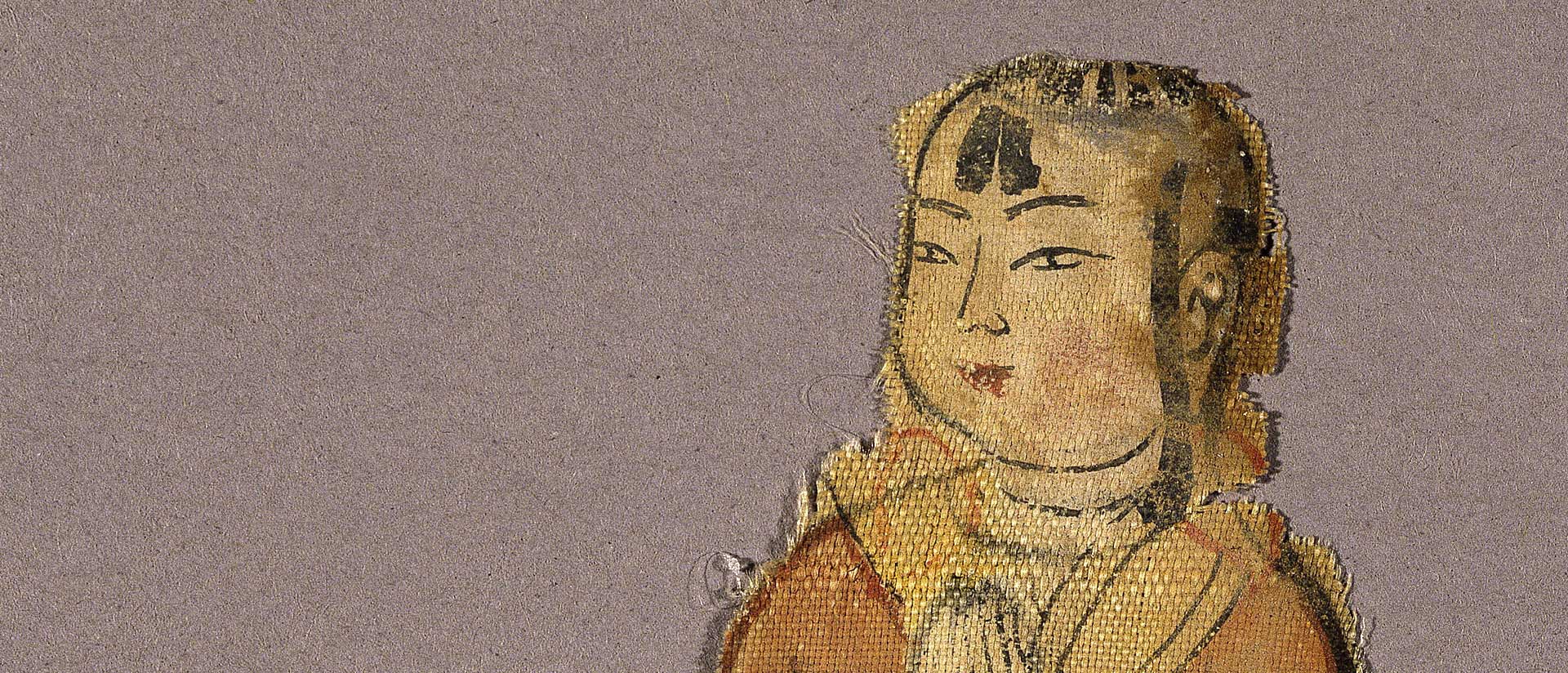
The Uighurs and Shambala
by Johan Elverskog
Few in the West these days give much thought to the northeastern Chinese city of Qingdao. Indeed, if it is ever brought up, it is most likely because of Tsingtao Beer, which was founded in 1903, as the Germania-Brauerei. Contrary to Western historical amnesia, however, the Chinese do know about Qingdao, and that it was a German colony. They also know that even though their country supported the war effort against the Triple Alliance in World War I, Qingdao was not given back to China as part of the Treaty of Versailles, which was an affront to national integrity, stirring sensibilities that helped to trigger the May Fourth Movement of 1919, which went on to define the contours of modern China.
Before that upheaval, however, the Germans had used their Chinese colony as a legitimating pretext to partake in the Great Game, during which European imperial powers sought to gain of control of Inner Asia, the key—according to British geographer Halford Mackinder’s “Heartland Theory”—to the geopolitical domination of Eurasia. At the time, however, European powers knew very little about this overlooked region and sent out an array of expeditions to better understand it.
The Germans sent out four expeditions, all led by archaeologist and Asian-language polyglot Albert Grünwedel, who had been the deputy director of the ethnographic collection at the Museum of Ethnology in Berlin.
And while these expeditions may have been successful in gathering operational military and political intelligence, this would soon pale in comparison with the remarkable discoveries of something far more significant: the lost civilizations of the Silk Road.
One of these discoveries was the Uighur civilization, largely unearthed by the Germans, since they had focused on a region known as the Turfan Depression. Unbeknownst to them, the Turfan Depression was the site of what scholars would eventually come to identify as the Western Uighur Kingdom. Scholars would also soon come to realize that the Uighurs—as was the case with other Turkic-speaking peoples—had originally lived on the Mongolian plateau, where they had ruled over their own powerful empire, from 744 to 840 CE. This Uighur Empire not only engaged with surrounding powers—the Tang Dynasty (618–907 CE), Tibetan Empire (600–866 CE), and Abbasid Caliphate (750–1258 CE)—but was also the only empire in world history to adopt the Iranian religion of Manichaeism as its state religion.
Despite a century-long flourishing, the Uighurs were defeated, in the mid-ninth century, by the Turkic-speaking Kirghiz people, after which they fled southwest and established their new kingdom on the eastern edge of the Tianshan Mountains—in modern-day Xinjiang. And although their multi-ethnic and linguistically diverse subjects followed an array of religious traditions, the Uighurs themselves continued to practice and support Manichaeism.
About a century later, however, this changed: in 983 CE, the Uighur king accused the Manichean priesthood of hoarding wealth and living too ostentatiously. He then ordered the destruction of their temple and had it replaced with a Buddhist monastery. Before too long, the Uighur elite also became Buddhist. They started building and supporting monastic institutions and financing the translation of Buddhist texts into Uighur. To do so, they drew upon the traditions of their two subject populations, the Indo-European Tokharians, who practiced Nikaya (or mainstream) Buddhism, and the Chinese, who were followers of the Mahayana. As a result, the Uighurs developed a distinctive form of Buddhism that included a cornucopia of doctrinal and ritual practices: the Agamas, the Lotus Sutra, Zen, Pure Land, bodhisattva worship, and Buddhist tantra. Within this diversity, however, one key practice prevailed: the worship of Maitreya, the Buddha of the Future.
As a result, the Uighurs developed a distinctive form of Buddhism that included a cornucopia of doctrinal and ritual practices: the Agamas, the Lotus Sutra, Zen, Pure Land, bodhisattva worship, and Buddhist tantra.
Ever since the Buddha had proclaimed that his own teaching—the Dharma—would come to an end, the Buddhist tradition has been fueled by the angst of its own ultimate demise. This apocalyptic vision was always tempered by the belief in Maitreya, who would, messiah-like, eventually return and revive the Buddhist dispensation. This mythology of collapse and resurrection has driven many Buddhists across Asia to transform both their religious tradition and its political realities for millennia.
One such period was tenth-century China. When the Tang Dynasty collapsed, in 907 CE, and ushered in a variety of economic, social, and political upheavals, Buddhists began to draw upon the Maitreya tradition’s deep well of millennial expectations. In particular, they came to believe that the Dharma would enter the final age in 1054 CE, which would lead to a time of tribulation when monks would no longer have a complete grasp of the Dharma, its disciplinary precepts, and thus Buddhist learning altogether, and the authoritative texts of the tradition would disappear.
Spurred on by such fears, the Buddhists of the Northern Song Dynasty (960–1127 CE) prepared the first printed Chinese Buddhist canon in 983, which, in turn, they used as a diplomatic gift in negotiations with surrounding powers. This was an act of diplomacy and religious preservation that inspired the Khitans, Tanguts, and Koreans to produce Buddhist canons of their own.
Yet the coming end of the Dharma inspired Buddhists not only to codify the teachings of the Buddha, it also sparked renewed energy and creativity in art, myth, and ritual. Across East Asia, new rituals focusing on Maitreya emerged. In Japan, for example, Buddhists buried scriptures in sacred mounds so that they could be re-discovered in the future, when Maitreya returned. The Mongolic-speaking Khitan people, who ruled as the Liao Dynasty (907–1125 CE), made Buddhism the state religion and prepared for the end of the Dharma by building monumental wooden reliquaries across northern China. It was precisely such apocalyptic visions and attendant religious practices that early Uighur Buddhists learned from their powerful Buddhist allies in the East.
Yet unlike the Japanese or Khitan, whose fear of the end times was fueled largely by obtuse doctrinal interpretations and astrological speculations based on the Buddha’s time of death, the Uighurs faced a more terrrestrial threat: the Turkic Qarakhanids in Central Asia (999–1211 CE), who had converted to Islam and were fast marching eastward. In 1006 CE, they conquered the legendary Buddhist kingdom of Khotan, which they immortalized in a poetic verse:
We came down on them like a flood,
We went out among their cities,
We tore down the idol-temples,
We shat on the Buddha’s head!
On account of such events, Buddhists in what is now northwest India and Pakistan were gripped by very real apocalyptic fear. Like the new Maitreya cults in the East, they too used this particular millennial moment to create a new mythology that was to shape Buddhist thought and history up to the present. They came up with the myth of Shambala.
The Shambala myth is first found in an early eleventh-century Buddhist text called Kalacakratantra, which prophesied a world where the Dharma was under relentless assault. In particular, it claims that Buddhism will be threatened in the future by Muslims, and the final eschatological battle will take place between the twenty-fifth (and final) ruler of Shambala, Kulika Rudracakrin, who will ride forth with his Buddhist army from the hidden northern land of Shambala, annihilate the Muslims, and usher in a new golden age of the Dharma.
Ever since its creation, the Shambala myth has been mobilized at times of social and political upheaval in the Buddhist world. It has also spurred speculation about the actual location of the spiritual kingdom of Shambala. This was especially true in the early twentieth century, when the Great Power scramble for control of Central Asia was at full throttle.
Ever since its creation, the Shambala myth has been mobilized at times of social and political upheaval in the Buddhist world.
One of the first figures to posit a real geolocation of Shambala was the Thirteenth Dalai Lama’s emissary to Czar Nicolas II, Agvan Dorzhiev (1854–1938). He suggested that Russia was actually the northern kingdom of Shambala. He thus told the Dalai Lama to ally with the Russians, not only to break away from Qing China, but also to challenge the encroaching threat of the heretical British in India. The viability of this interpretation certainly gained credence when the British invaded Tibet in 1904, forcing the Dalai Lama into exile.
Seizing this strategic opportunity, the Russians printed a pamphlet entitled “Ambassador of Wisdom” in the Tibetan city of Lhasa, which expressly stated that Russia was, yes indeed, Shambala. This point was driven home in a letter that the Russian envoy to Lhasa, Naran Ulianov, sent to the Regent of Tibet, who was ruling in the Dalai Lama’s absence. The letter further explained that the Kalacakratantra was supposed to flourish in the north, making it clear that the political future of Tibet should be in alliance with Russia, not with the British.
Such an alliance was never fully forged, however. There are multiple factors for its faltering, but one big one was that the fate of the Great Game’s geopolitical strategies were soon to be radically transformed by the arrival of a new utopian vision: communism. The Shambala myth was briskly re-imagined by its multiple stewards, and it was communists who now played the role of the feared Other that threatened both the existence of the Dharma and the nascent independence movements of Tibet, Outer Mongolia, and the Russian republics of Buryatia and Kalmykia.
Inner-Asian Buddhists themselves did most of these re-imaginings, but with the Dharma having gone global in the nineteenth century, its ideas were also adopted by unsuspecting others: communist agents who hoped to use the messianic ideas of the Shambala myth to promote the Bolshevik Revolution, for example—or by Baron Ungern-Sternberg, a general in the Russian White Army who aimed to keep communism at bay. He was invited to Mongolia by the Eighth Jebdzundamba Khutugtu, after losing to the Reds in Siberia, to help expel the occupying Chinese. It became popular to draw upon the Shambala myth’s “savior-from-the-north” paradigm to explain Ungern-Sternberg’s success in re-installing the Eighth Jebdzundamba Khutugtu as theocratic ruler of Mongolia, in spring 1921. Alas, this iteration of independent Mongolia did not last long. By autumn 1921, the communists had seized control.
Inner-Asian Buddhists themselves did most of these re-imaginings, but with the Dharma having gone global in the nineteenth century, its ideas were also adopted by unsuspecting others.
And so it was, in this overheated environment, that the German expedition leader Albert Grünwedel published his monumental volume Alt-Kutscha: archäologische und religionsgeschichtliche Forschungen an Tempera-Gemälden aus Buddhistischen Höhlen der ersten acht Jahrhunderte nach Christi Geburt (Old Kutscha: Archaeological and Religio-Historical Research into the Tempera Paintings in Buddhist Caves from the First 800-years after the Birth of Christ). The book included a series of Tibetan maps explaining that the ancient Uighur capital city of Kocho (in Chinese, Gaochang) was, in fact, Shambala.
The academic response to Grünwedel’s postulation was quick and harsh. Leading scholars such as French Sinologist Paul Pelliot declared that the maps were “fake” and that Grünwedel was “delusional,” a charge that took on a harder edge when Grünwedel was, shortly thereafter, committed to a mental hospital.
Yet, as Sam van Schaik of the British Library has recently argued in a study of these maps, these early critics were making a categorical mistake. The Tibetan maps are pilgrimage guides, not attempts at geographic fidelity. To dismiss them as maps of the city of Turfan would be akin to complaining that a thirteenth-century British map of the Holy Land did not look like a Google Map of Israel.
Grünwedel had been given the Tibetan maps in 1906 in St. Petersburg by Agvan Dorzhiev (the thirteenth Dalai Lama’s emissary to Czar Nicolas II, mentioned above), who asserted that they were based on originals held in the cities of Lhasa and Tashilhunpo. Through an analysis of the map’s inscriptions, van Schaik argues that these originals probably date to the thirteenth and fourteenth centuries. Assuming that these maps are authentic raises an intriguing question: Why would Tibetans of the thirteenth and fourteenth century believe that the Uighur Buddhist kingdom was the sacred land of Shambala?
The answer is to be found in the Mongols, who ruled from the thirteenth and fourteenth centuries and who famously created the world’s largest empire, a geographic expanse that stretched from Korea to Hungary. Beginning with Khubilai Khan, who reigned from 1260 to 1294 CE, the Mongol rulers of China also famously became Tibetan Buddhists. The same was the case with the Mongol rulers of Iran, the Il-Khanids, founded by Khubilai Khan’s brother, Hülegü (1218–1265 CE). Hülegü built three Buddhist temples in the Il-Khanid domains: one at his summer pastures, in the mountains of Armenia, and two in Iran at Khoy and Maragha. Three of his successors—Abaqa (r. 1265–82 CE), Arghun (r. 1284–91 CE), and Gaikhatu (r. 1291–95 CE)—also supported the Dharma. Gaikhatu’s investiture ceremony, for example, included a tantric initiation, and Arghun held debates at his court that pitted Tibetan and Uighur Buddhists against local Muslim scholars.
Although Hülegü’s killing of the last Abbasid Caliph and the Mongol destruction of Baghdad, in 1258 CE, continues to define Islamic historiography, it is rarely acknowledged that after this event Iran was ruled by a Buddhist state for almost forty years. Indeed, Muslim historians were “mortified into silence,” as German historian Thomas Raff has observed, by the overwhelming presence of Buddhists in the Muslim heartland.
This reaction was not the case in the Buddhist world, of course. Instead, Buddhists recognized that the Mongols had turned the Shambala myth into reality. They also recognized that it was the Buddhist Uighurs—the “steppe intelligentsia” of the Mongol Empire—who had played a key role in doing so. Thus for Tibetans of the fourteenth century, it made perfect sense to believe that the Uighur Buddhist kingdom was Shambala—and that it was clearly worthy of a pilgrimage.
Image: Uighurian patron (1000–1100 CE), painting on silk (detail), 10.6 × 3.3 cm, Gaochang, China; alpha ruins. Credit: bpk/Museum für Asiatische Kunst, Staatliche Museen zu Berlin/Iris Papadopoulos

